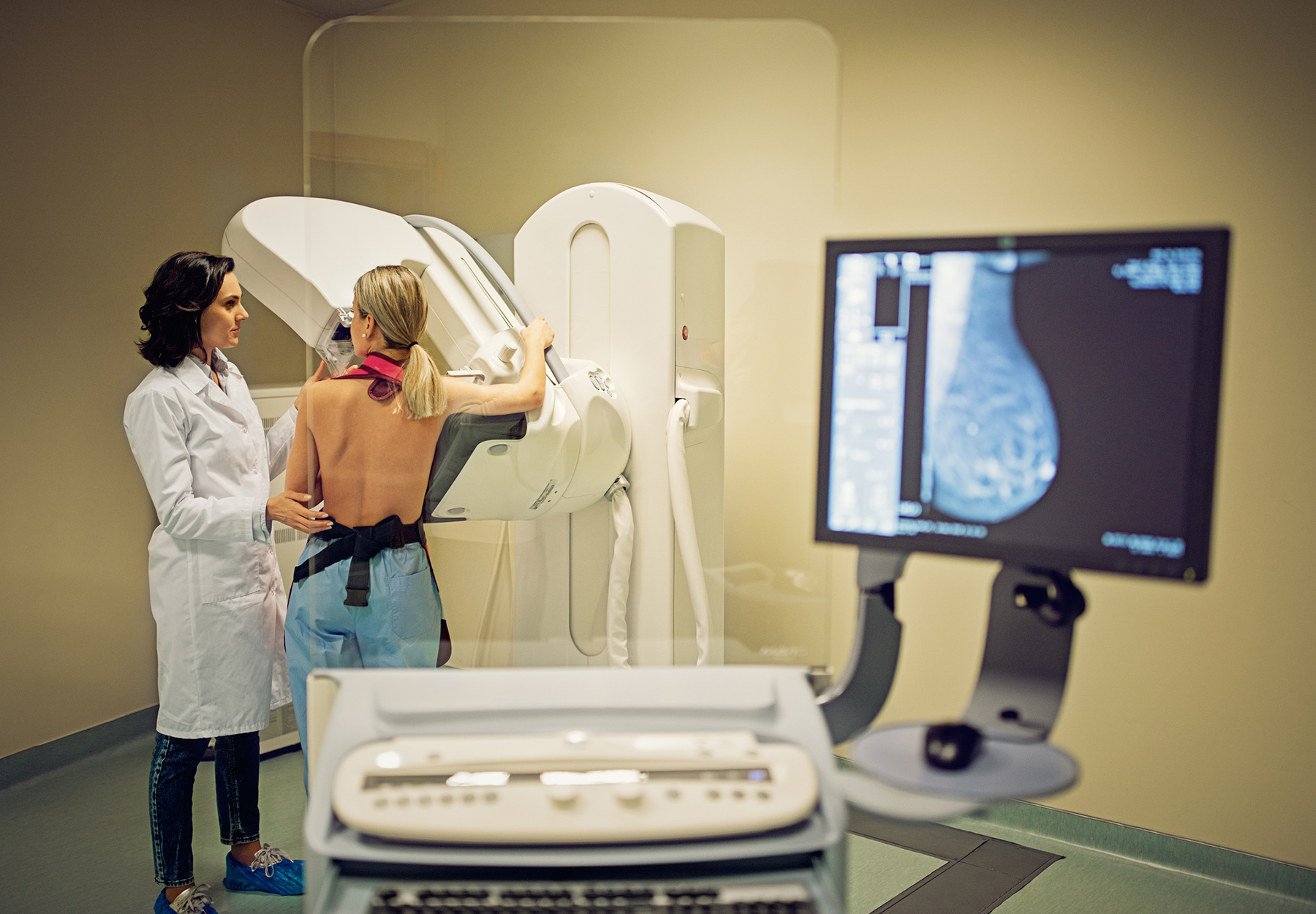Since the pandemic began in 2020, those in the healthcare community have been worried about how COVID-19 restrictions may have impacted cancer screenings, particularly in traditionally underserved communities. Now, new research led by the American Cancer Society and published June 3 in the Journal of the American Medical Association (JAMA) Open Network is helping to clarify that impact.
The study of national survey data collected in the years 2014, 2016, 2018, and 2020 looked at the prevalence of colorectal, cervical, and breast cancer screening between 2018 and 2020 to see if it changed during the pandemic:
- The analyses of breast cancer screening included a total of 479,248 people
- The analyses of cervical cancer screening included 301,453 people in total, and
- The analyses of colorectal cancer screening included a total of 854,210 individuals
Researchers found that though the prevalence of screening for these three types of cancers remained steady from 2014 to 2018, between 2018 and 2020, past-year breast cancer screening saw a six percent drop and the prevalence of cervical cancer screening dropped 11 percent, with the greatest drops seen in Hispanic people and those with lower educational attainment. On the bright side, the prevalence of colorectal cancer screening stayed steady, with a seven percent increase in past-year stool testing offsetting a 16 percent decrease in colonoscopy between 2018 and 2020.
The study authors added that the decreases equate to about 4.47 fewer million women being screened for cervical cancer and 2.13 fewer million women being screened for breast cancer in 2020 than in 2018. They also point out that because sample collection for stool testing to screen for colorectal cancer can be done at home, this may account for why it actually increased during the pandemic, and shows that such at-home collection may be a solution for maintaining population-wide screening rates during major health care disruptions. However, researchers noted that the prevalence of screening for colorectal cancer was still lower for those with less education.
They add that, while their study has limitations due to biases in the data examined, the decreases in screening for breast and cervical cancer among Hispanic people and those with less education may be “because of both newly emerging and existing barriers to health care,” highlighting the need to improve access to screenings for these groups. While they say that it’s not yet known how these decreases in cervical and breast cancer screening will affect immediate and long-term outcomes, this impact “will be important to monitor, especially among people with lower [socioeconomic status].”
